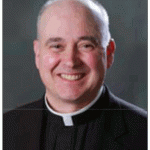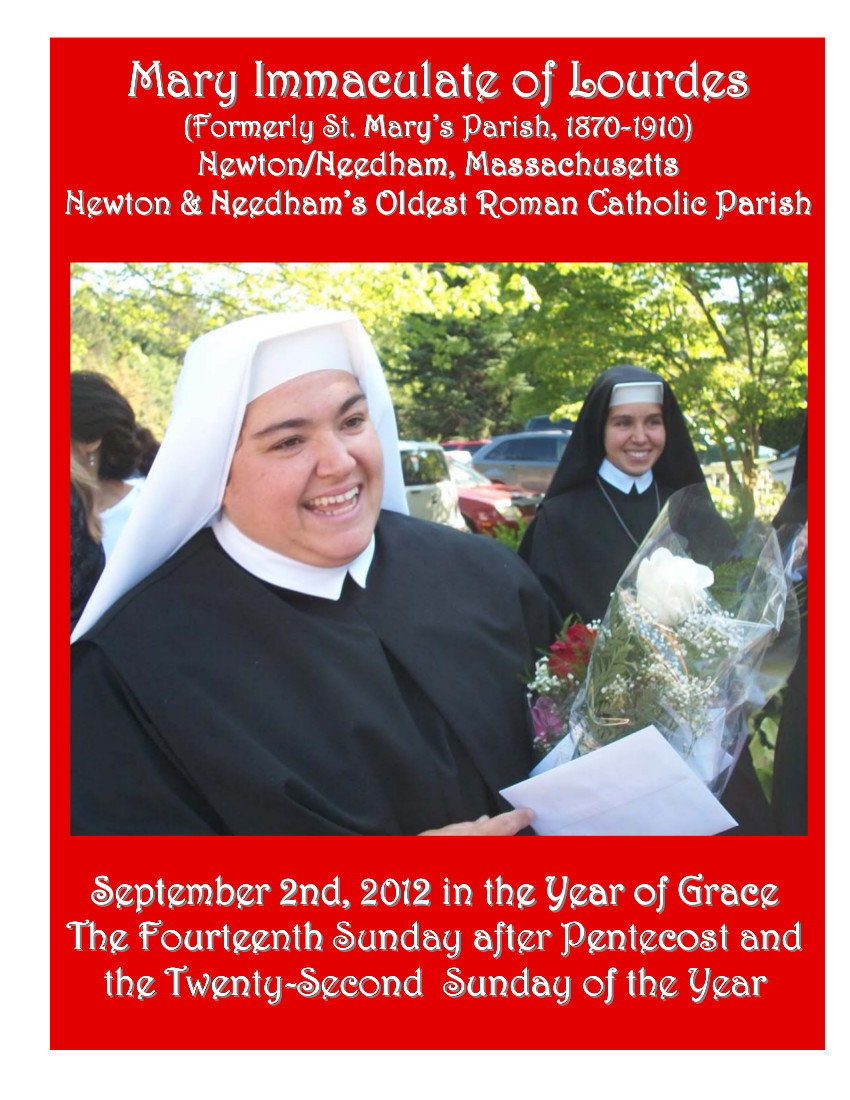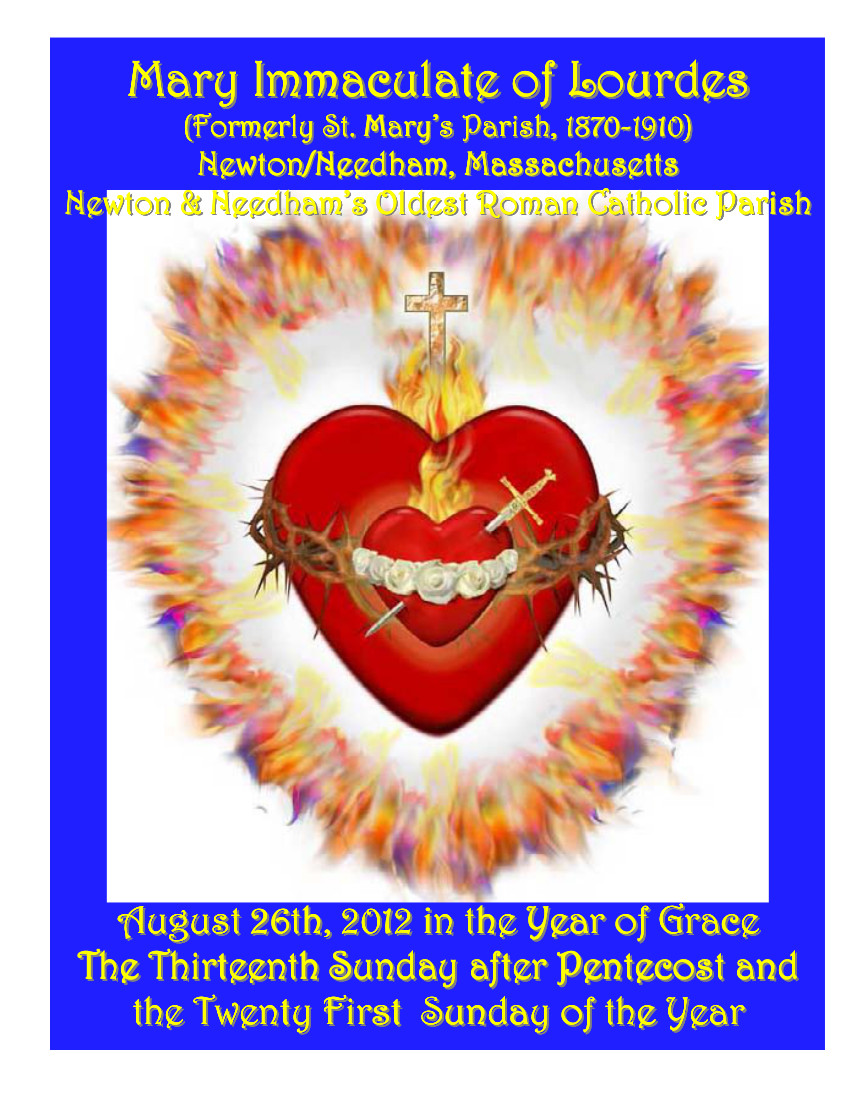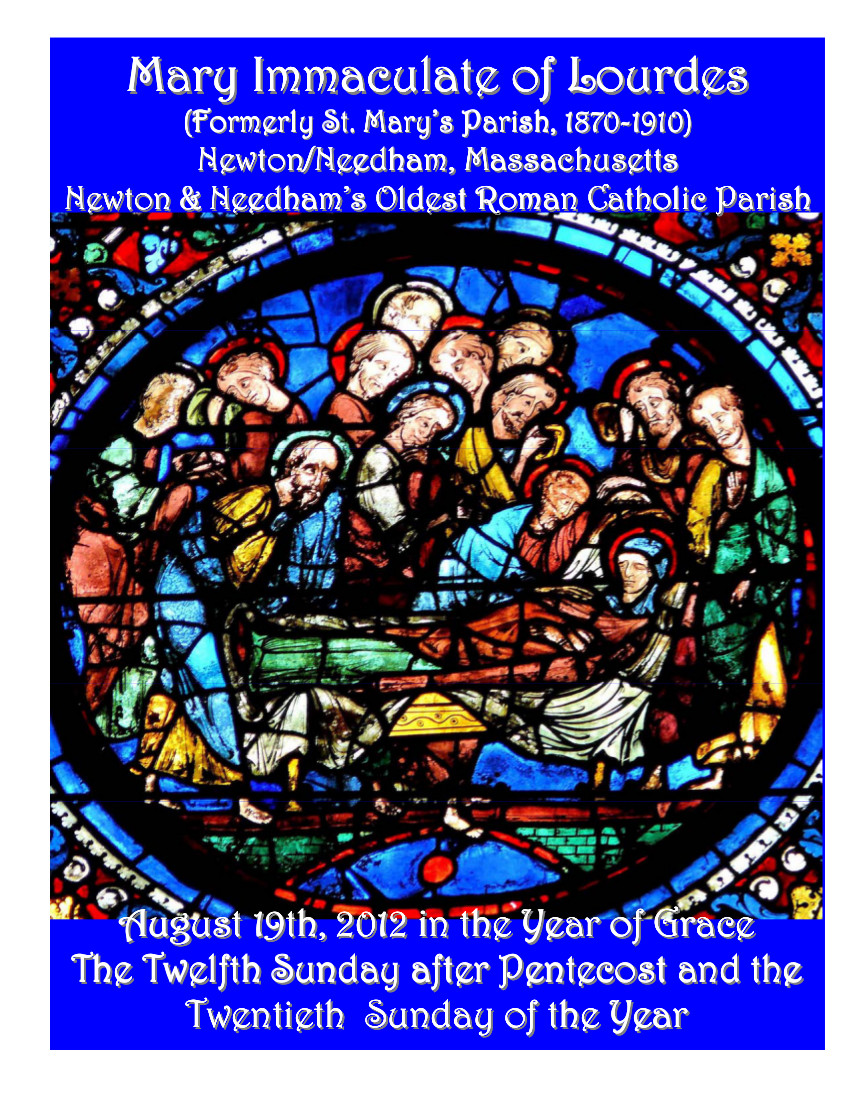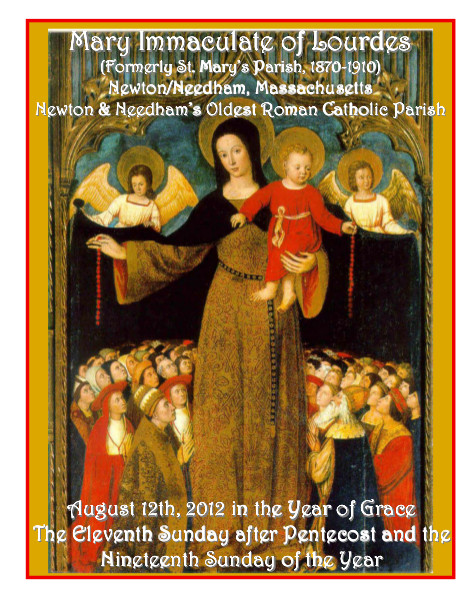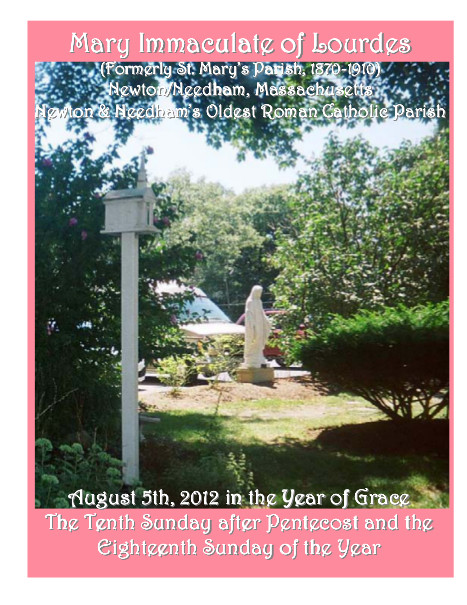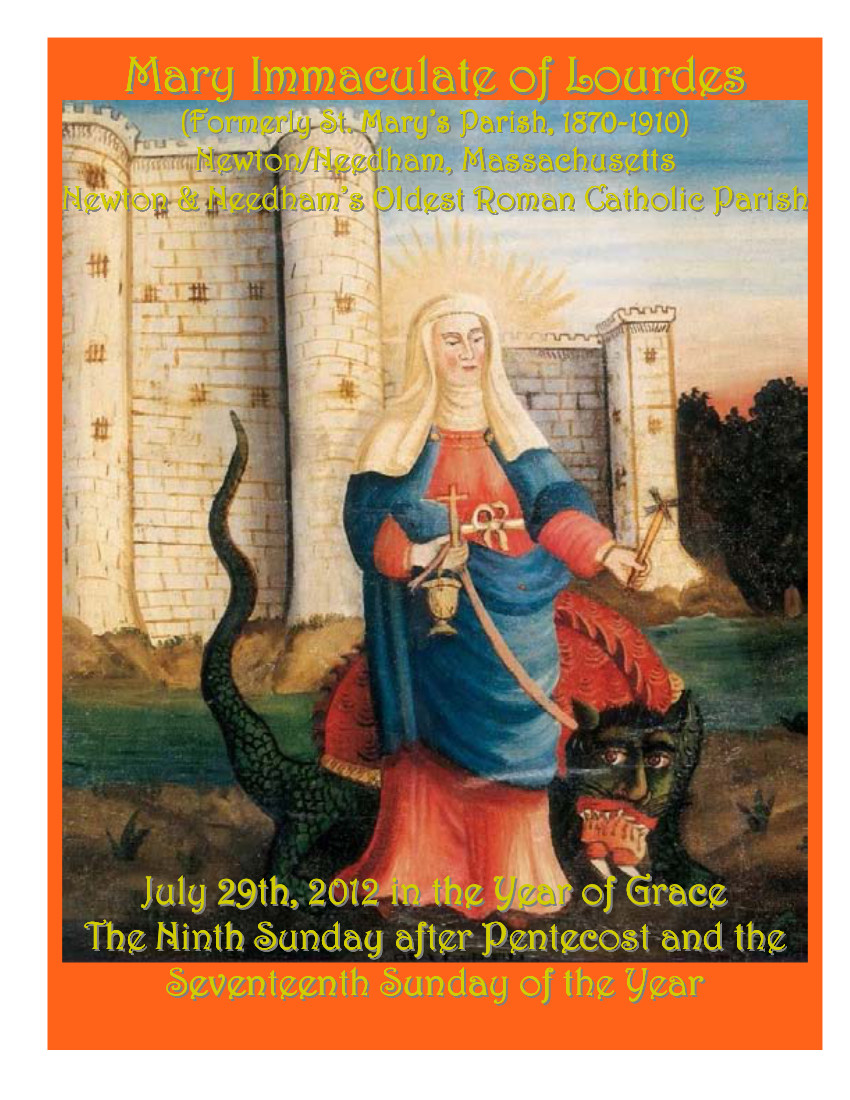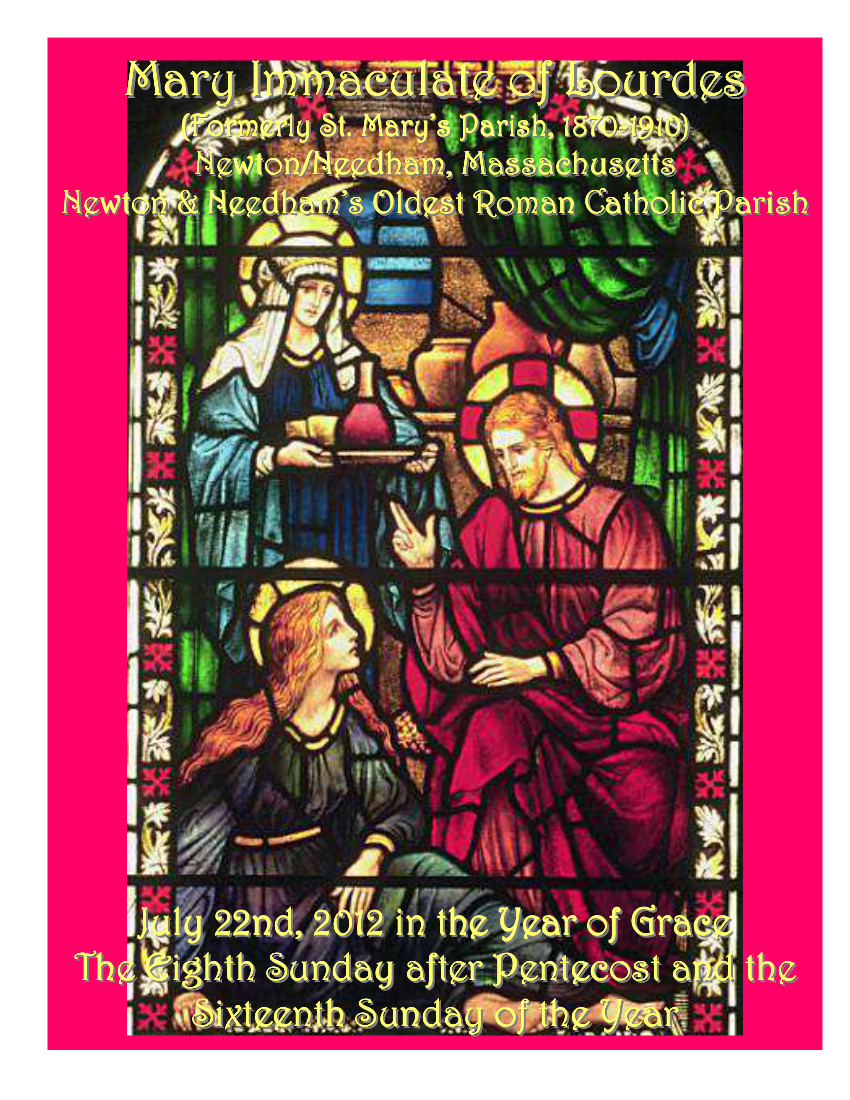(Pastor’s Note from the Mary Immaculate of Lourdes Parish Bulletin for September 2, 2012)
This past January one of our parishioners Erika da Silva entered the convent of the Sisters of the Slaves of the Immaculate Heart of Mary (M.I.C.M.) in Still River, Massachusetts, as a postulant. On August 22nd, the octave day of the Feast of Our Lady’s Assumption and the Feast of the Immaculate Heart of Mary according to the pre-1970 Calendar, Erika took the next step forward and received the white veil of a novice Sister. She also gave up her name ‘in the world’, Erika, for a new name ‘in religion’, Sister Maria Cecilia. Several members of our Ladies’ Sodality were present for Sr. Maria Cecilia’s novitiate
reception and I have included some of the photos in this week’s bulletin.
The evident joy on Sr. Maria Cecilia’s face bespeaks the hidden treasures of the interior life of grace, which the unbelieving world dismisses out of hand as not objectively real without ever considering the evidence for it in a fair way.
After St. Teresa of Avila entered the Carmelite Monastery of the Incarnation on All Souls Day (November 2nd), 1535, she experienced great joy and peace at her decision. As she wrote of it many years later:
At the same time as I put on the holy habit, God showed me His preference for those who constrain themselves in His service. I also felt so happy in my new position that this blessed feeling still continues. Nothing could rob me of this delight. God changed the dryness that could bring me to doubt into love for Him.
All the monastic practices were congenial to me. I often had to mop the floor in hours during which formerly I had dressed or amused myself. Just the thought of being free of all these silly things gave me renewed joy. I did not understand the source of so much joy.
At my home parish of St. Joseph’s Church in Needham, I remember as a boy that there was a vocation flier from the Carmelite Sisters on one of the bulletin boards at the entrance stairs to the church. It was a black and white photocopy without any particularly professional design, but the words were compelling in their paradox:
POVERTY our greatest wealth,
CHASTITY our greatest love,
OBEDIENCE our greatest freedom.
Poverty, Chastity and Obedience are the three Evangelical Counsels of Perfection which Religious Community men and women take as vows.
Let us as a parish lend the support of our prayers to Sister Maria Cecilia as she continues to test her vocation. And let us also be mindful of the need to pray for those who feel in their hearts that they too might be called to serve the Lord in a priestly or religious vocation, but who are still trying to find their way.
